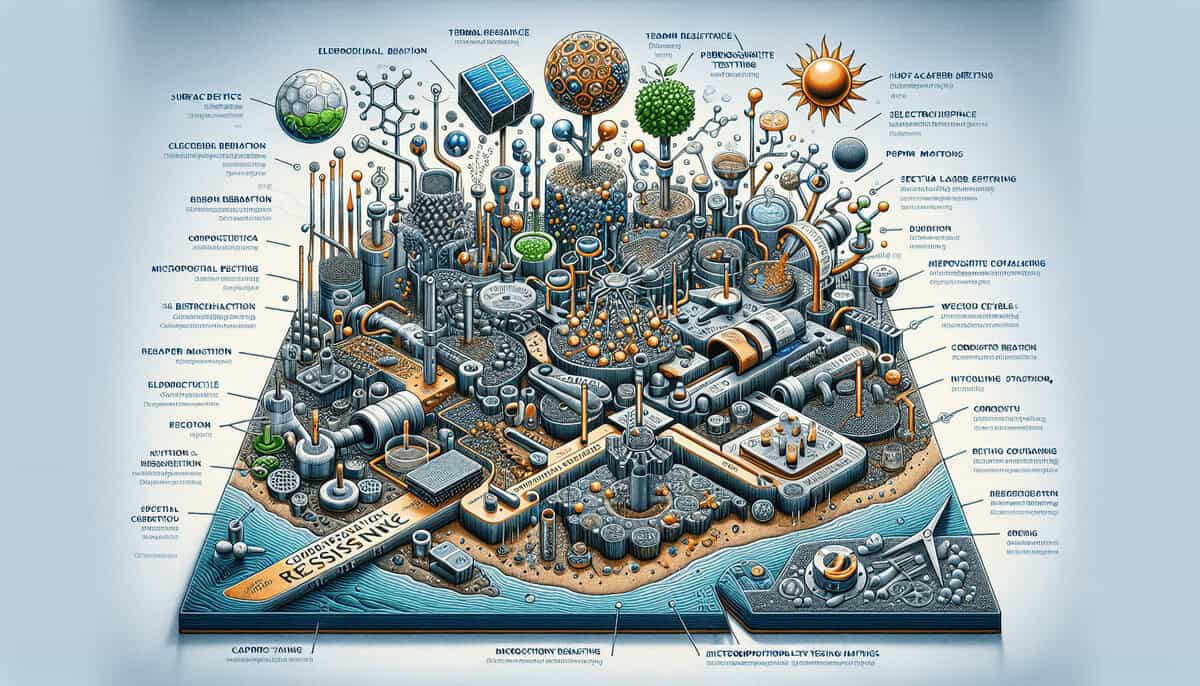This is our latest selection of worldwide publications and patents in english on Corrosion Resistance, between many scientific online journals, classified and focused on corrosion resistance, passivation, galvanic corrosion, pitting corrosion, crevice corrosion, stress corrosion cracking, stress corrosion, corrosion cracking, uniform corrosion, corrosion inhibitor, anodic protection, corrosion rate, corrosion fatigue, corrosion mechanism, electrochemical corrosion, corrosion-resistant, cathodic protection, protective revestimiento and corrosion resistance classification.
Publicación: no hay noticias recientes sobre este tema en particular. Pruebe a realizar una búsqueda manual exhaustiva en la base de datos de publicaciones a la que se hace referencia más arriba.
Patentes: no reciente patentar sobre este tema concreto. Intente realizar una búsqueda manual exhaustiva en la base de datos de patentes a la que se hace referencia más arriba.












Interesante lectura ¿Existe alguna patente revolucionaria sobre la resistencia a la corrosión que pueda dar un giro al sector?
Por curiosidad, ¿alguien más piensa que estas patentes de resistencia a la corrosión podrían ser la salsa secreta de la tecnología del futuro?
Publicaciones relacionadas
Últimas publicaciones y patentes sobre óxidos de alta entropía (HEO)
Últimas publicaciones y patentes sobre MXenos
Últimas publicaciones y patentes sobre puntos cuánticos
Últimas publicaciones y patentes sobre perovskitas
Últimas publicaciones y patentes sobre grafeno
45+ Science Tricks for Games and Marketing: Data-Driven and Statistical Tricks